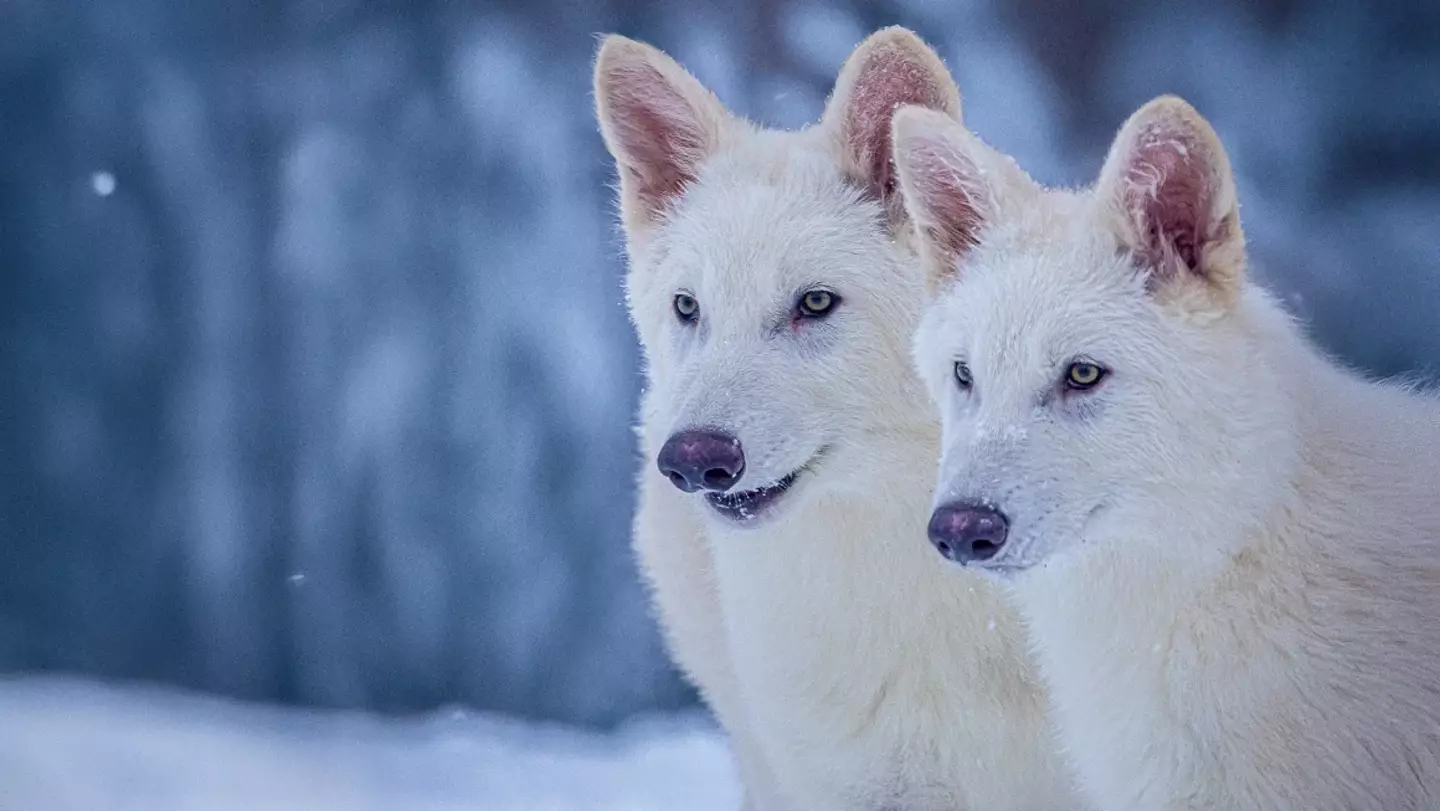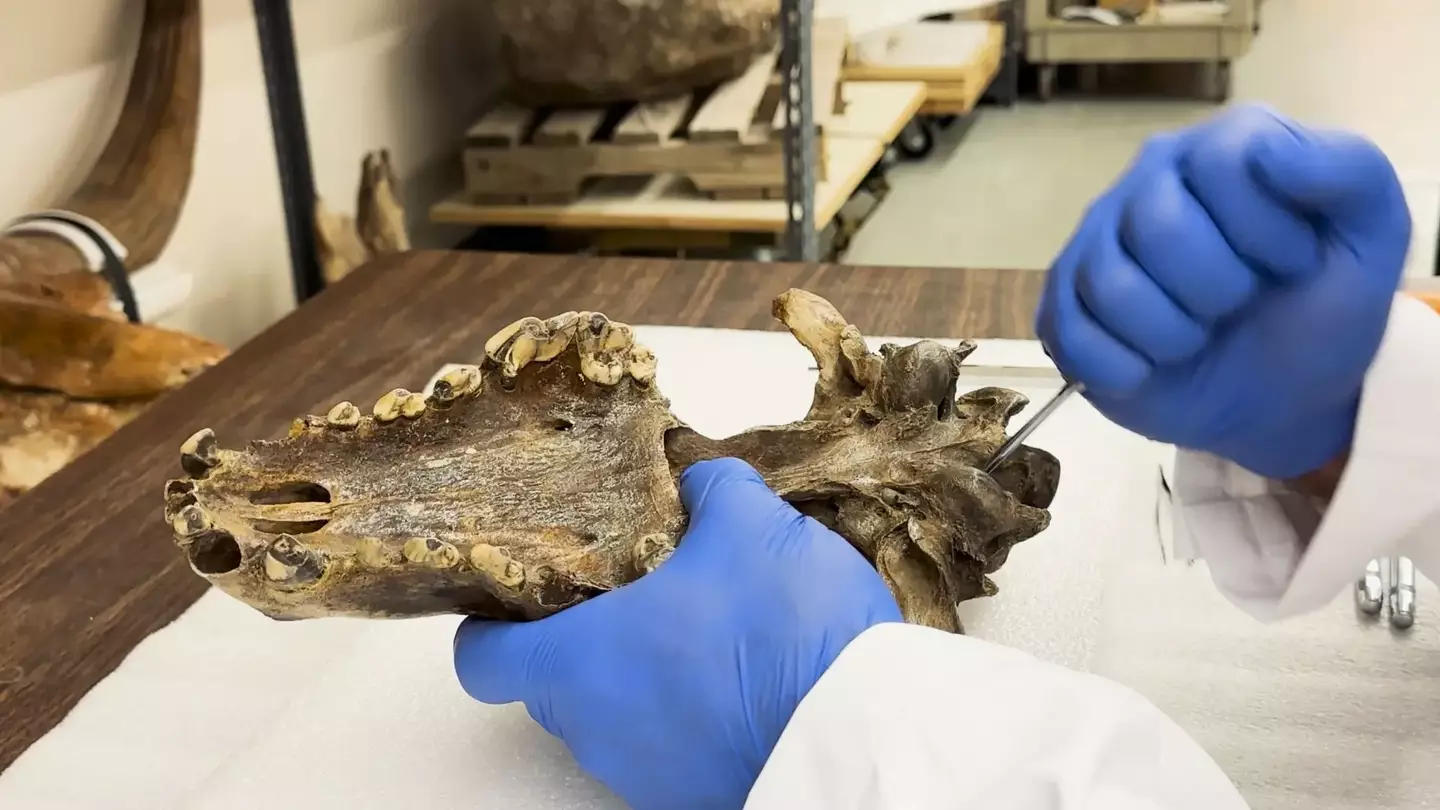


Scientists have revealed the truth behind how they managed to resurrect a wolf species that's been extinct for over 10,000 years.
Thanks to US biotech start-up Colossal Biosciences, three healthy dire wolf pups have been born in what's an exciting leap to bring extinct species back into the world.
On 1 October 2024, two male pups, Romulus and Remus, were welcomed into the world, with sister Khaleesi following in January 2025.
Colossal has been at the forefront of restoring species that once roamed our planet.
Advert
Just last year, the Dallas-based company created a ‘woolly mouse’ by gene-editing mammoth traits into a modern species as part of its long-term goal to bring a woolly mammoth back to life by as early as 2028.

The dire wolf first walked the Earth 2.6 million years ago, before going extinct around 10,000 to 13,000 years ago.
Advert
The species gained fame in pop culture through TV shows like Game of Thrones and video games like World of Warcraft. But now, the dire wolf is no longer just a fantasy creature.
“Our team took DNA from a 13,000-year-old tooth and a 72,000-year-old skull and made healthy dire wolf puppies," explained Colossal CEO Benjamin Lamm.
The team then compared these genomes to that of the grey wolf - the dire wolf’s closest living relative - and identified 20 key genetic differences across 14 genes.
Advert
These genes influenced everything from the animal's distinct white coat, wider head and characteristic vocalisations.
After harvesting endothelial progenitor cells (EPCs) from living grey wolves, the team edited the DNA to match dire wolf traits.
This is quite a tricky process since the same genes can be expressed differently depending on the species.
For instance, the dire wolf’s light-coloured coat comes from three specific genes, but in grey wolves, those same genes can cause deafness or blindness.
Advert
After this, the scientists removed the nuclei from the modified cells and inserted them into the grey wolf's ova (egg cells), emptied of their original DNA.
The ova then developed into embryos, and 45 of them were implanted into two domestic hound mixes.

One embryo successfully developed in each surrogate, and after a 65-day pregnancy, Rolulus and Remus were born. A few months later, with a similar process in a third surrogate, Khaleesi was born.
Advert
All three pups were delivered by planned C-section to reduce the risk of complications during birth. According to Colossal, none of the surrogate dogs experienced miscarriages or stillbirths throughout the process.
“Our novel approach to iteratively improve our ancient genome in the absence of a perfect reference sets a new standard for paleogenome reconstruction," said Dr. Beth Shapiro, chief science officer of Colossal. “Together with improved approaches to recover ancient DNA, these computational advances allowed us to resolve the evolutionary history of dire wolves and establish the genomic foundation for de-extinction – specifically for selecting with confidence dire wolf-specific genetic variants that establish our targets for gene editing.”
The trio will grow up in a secure ecological preserve that's closely monitored and overseen by the US Department of Agriculture.